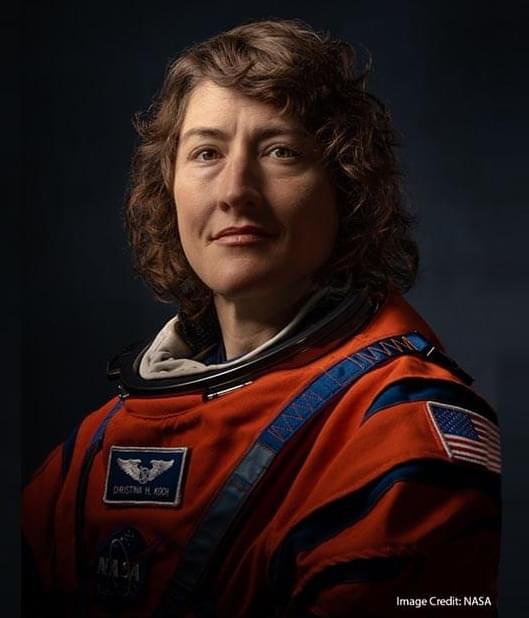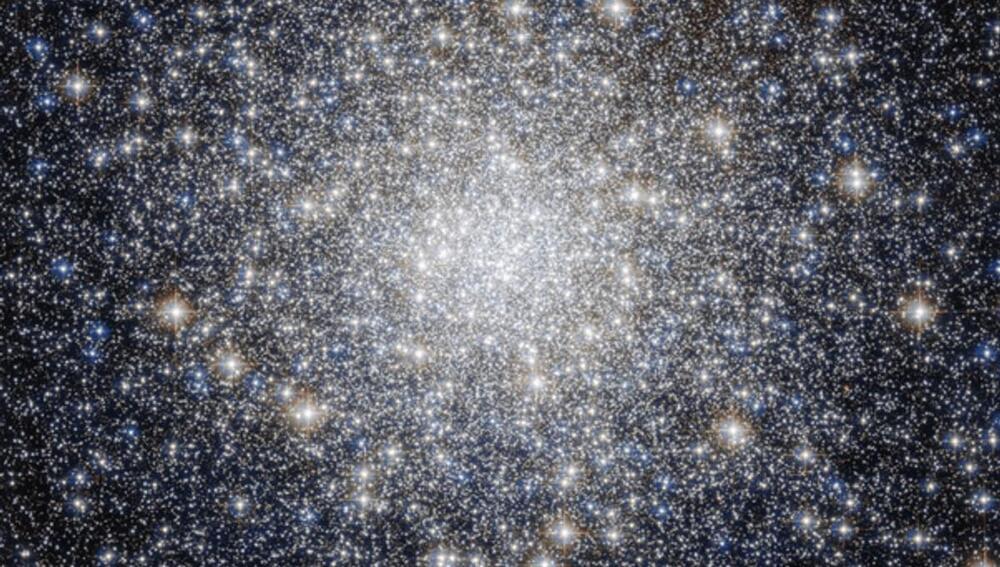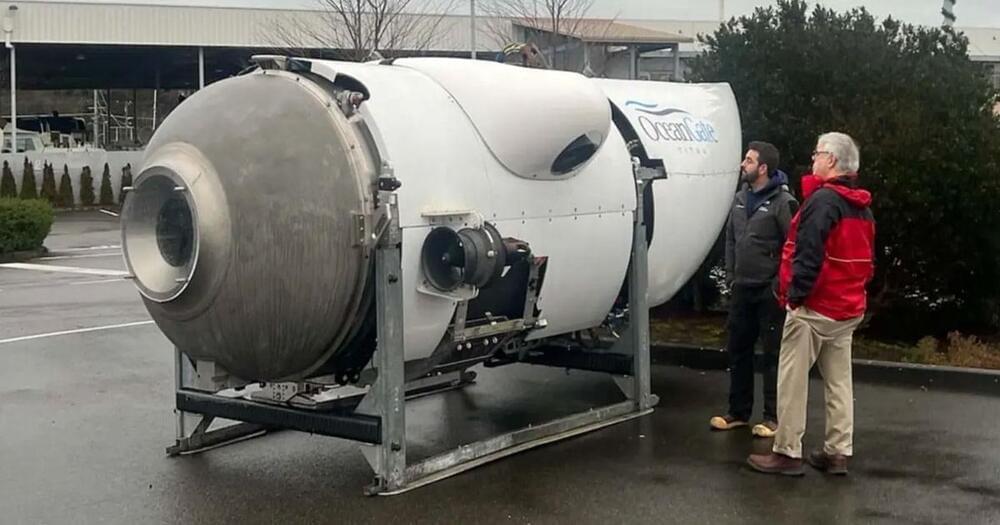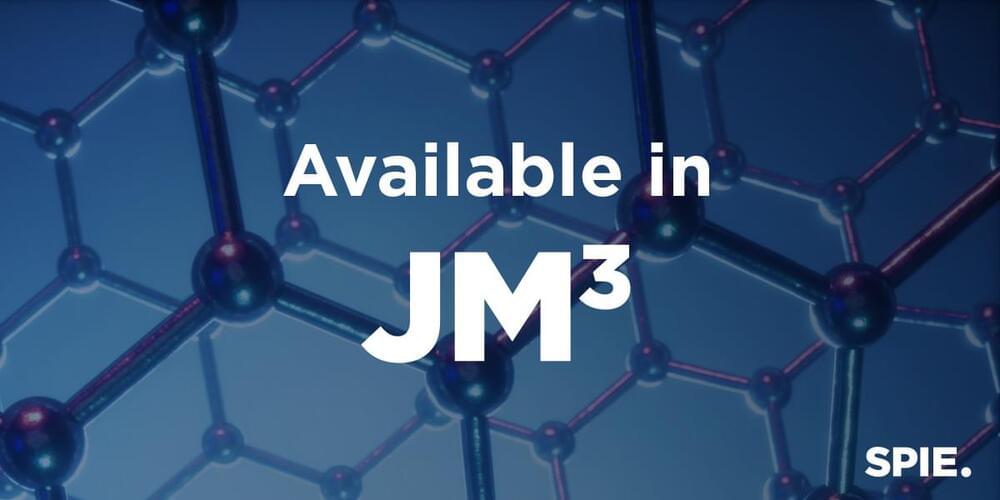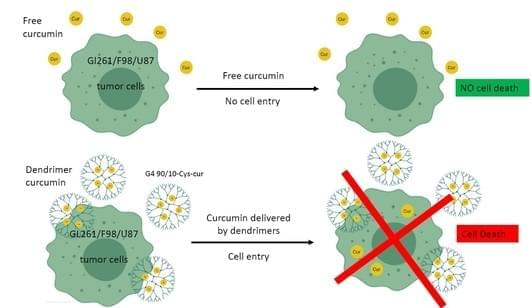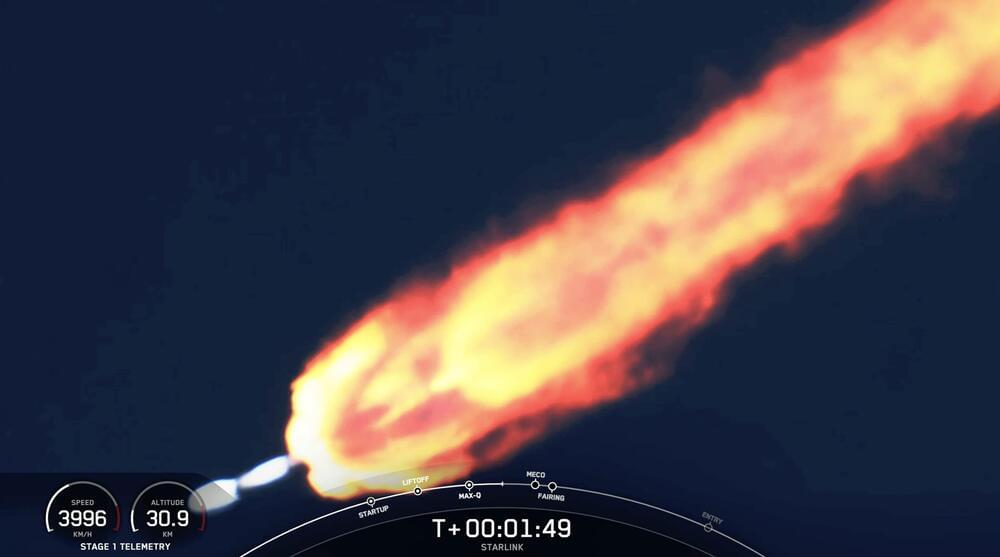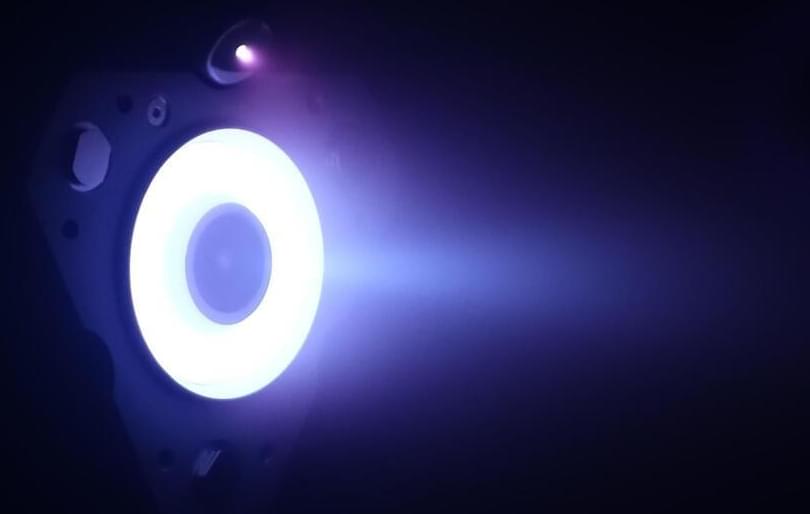
AI is quickly becoming an essential part of daily work. It’s already being used to help improve operational processes, strengthen customer service, measure employee experience, and bolster cybersecurity efforts, among other applications. And with AI deepening its presence in daily life, as more people turn to AI bot services, such as ChatGPT, to answer questions and get help with tasks, its presence in the workplace will only accelerate.
Much of the discussion around AI in the workplace has been about the jobs it could replace. It’s also sparked conversations around ethics, compliance, and governance issues, with many companies taking a cautious approach to adopting AI technologies and IT leaders debating the best path forward.
While the full promise of AI is still uncertain, it’s early impact on the workplace can’t be ignored. It’s clear that AI will make its mark on every industry in the coming years, and it’s already creating a shift in demand for skills employers are looking for. AI has also sparked renewed interest in long-held IT skills, while creating entirely new roles and skills companies will need to adopt to successfully embrace AI.
